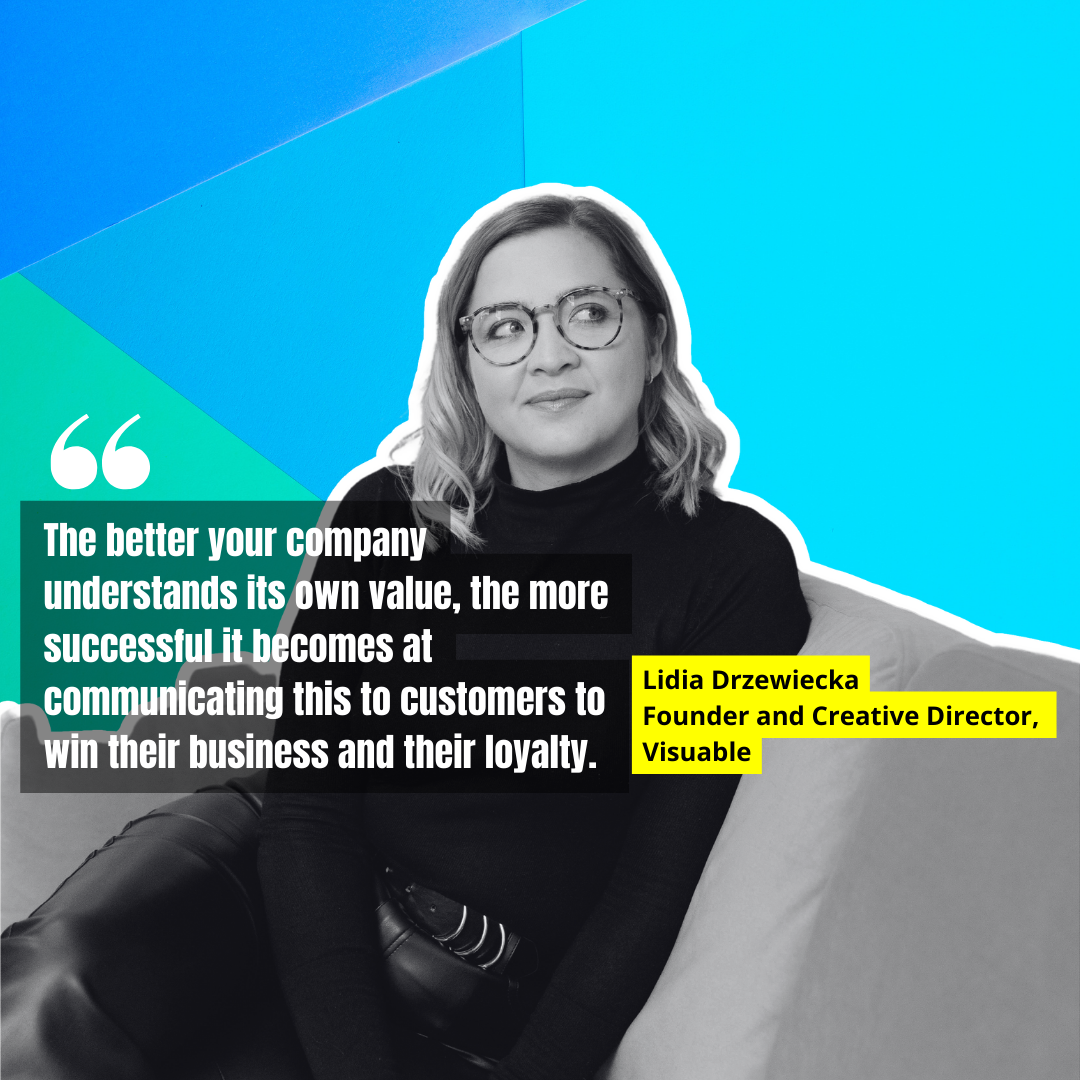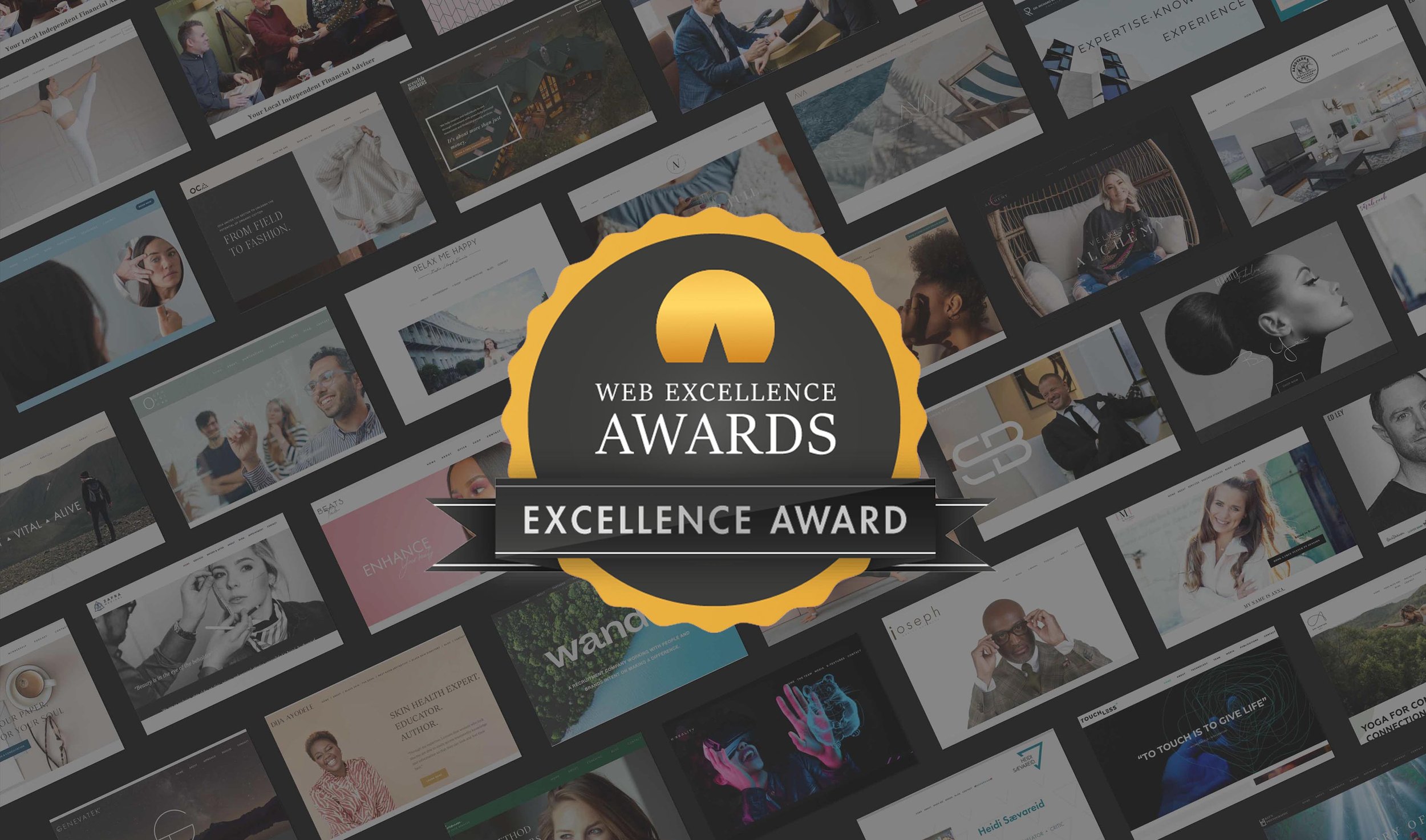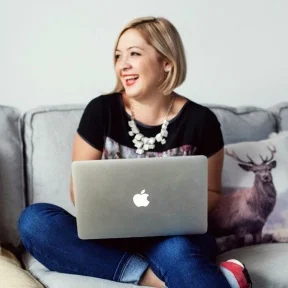Visuable Founder, Lidia Drzewiecka, Interviewed by Rin Hamburgh
The Expert Interview: Lidia Drzewiecka, Visuable
When Lidia launched Visuable in 2015, the plan was to offer a visual marketing consultancy service, but she soon found her distinctive style of photography and design in demand. So the business pivoted and now Lidia works with brands to help them create and communicate their message in an authentic way. Her clients tend to be female entrepreneurs, consultants and people who have commercialised their passion - yoga teachers, writers, hypnotherapists - as well as small businesses with a strong sense of place, such as coffee shops and independent retailers.
What’s the driving force behind your work?
When I started out, I noticed that the way women in business were presented in the online space was not very up to date. There were a lot of pictures of women in corporate suits with red boxing gloves on or climbing a ladder. I wanted to create different kind of photography for the female entrepreneur: contemporary, empowering, authentic and with storytelling at the centre. I’m really passionate about showing women in a much more authentic way and showing the passion behind their business.
And it works. The best part of my job is when my clients tell me they’re now getting too many clients! As I’ve grown, my client base has expanded to include a male audience, so I’d say that Visuable serves all those who aspire to capture the hearts and imagination of their clients through inspiring and eye-catching brand photographs.
What is the main thing people get wrong with branding?
A lot of people think of a logo as a brand, but it’s just a small element of a brand. In fact, the logo is the last thing that you do. What I do at the beginning of every project is strategic branding, understanding the brand foundation or value proposition. You have to ask yourself, why are you doing what you’re doing, who are you doing it for, and how are you going to deliver value to your customer? Once you’re clear on what you offer and who you’re offering it to, you can move to the creative stage of the branding process and create visuals or designs that your chosen audience will find desirable. Starting with a logo just does not work.
What is the starting point for creating a brand’s visual image?
I always ask my clients what emotions they want people to feel when they look at the brand visuals, and I also ask them to create a Pinterest board with any images they like - colours, fonts, interiors, anything that inspires them. I ask them to spend 20 minutes doing that and then narrow it down to leave 20 key images on the board. That’s what drives the visual direction of the photoshoot.
Which brands do you most admire for their imaging and visual communication?
One person I follow who inspires me is a woman in the US called Jasmine Star. She used to be a wedding photographer and now she’s turned into a business coach and marketing strategists for creative entrepreneurs. I’ve followed her for five years and it inspires me how she's built her brand using images. I truly believe that authentic visuals depicting your passion and personality and what your business does are the foundation for building a successful brand in today’s digital world.
What are the key features of a contemporary website?
It used to be that websites were presented on a grid system with small boxes of content, it wasn’t very visual. Maybe from an SEO point of view it would get lots of clicks, but it didn't connect and engage with the audience. Now the entire website wireframe is being designed in a very user-centric way for human interaction. We are living in the visual age, so there’s been a shift towards sites with a big hero image on the home page. And then what’s very popular is infinitely scrolling parallax websites, because of the shift towards using mobiles more than desktop computers.
How important is the visual layout of copy on a website?
Very, for two reasons. First of all, there’s the psychology of design and the way we navigate through a website. If we want to skim a site quickly to find information, we need the website to be designed in a way that guides us through it so that we can quickly find what we’re looking for. That’s why it’s important to have clear headings and subheadings, bullet points, pull quotes, buttons. Also, it’s part of a site’s inbuilt SEO. Search engines pick up on H1 and H2 tags, so putting keywords in those areas will help people find your site.
How can a business extend its brand from its website into the rest of its marketing?
Through brand images, of course! When I do a photoshoot, I don’t just aim to create nice images for my client’s website, but ones that can be used through their 360 degree marketing. My clients get a collection of around 70 images that they can use in their emails, on blogs, social media. It’s unique content that is completely consistent with the content on their website, so their message is seamless. Coherent content is about trust. If you have a nicely designed website but you’re using completely different images on your social media, people don’t get the same message so they might lose track of your brand. The same goes for tone of voice - it needs to be carried through from your website into your social media, newsletter and blog posts.
(This article was first published on rin-hamburgh.co.uk )
If you enjoyed learning about Lidia’s vision and approach, don’t miss our feature on Jennifer Hamley—a powerful story of brand transformation and personal reinvention captured through Visuable’s lens.





















